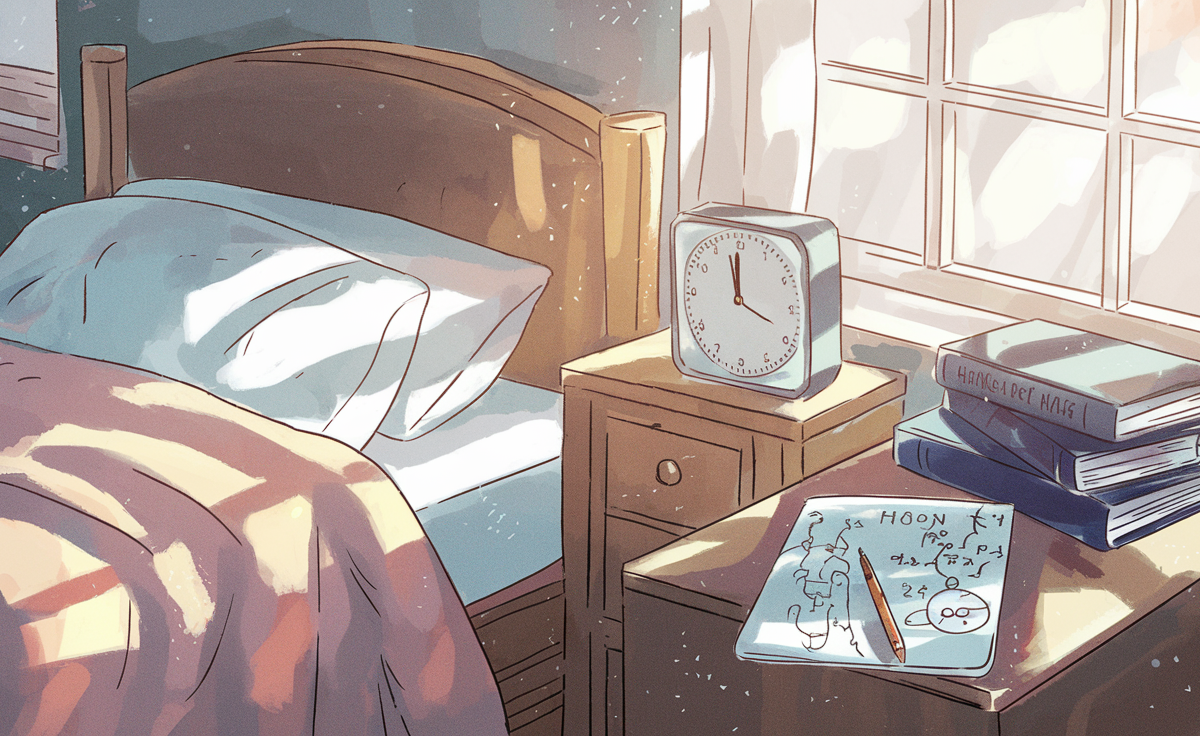Imagine dozing off to sleep, only to stir awake with a groundbreaking scientific insight on the tip of your tongue. This was the reality for the likes of Dmitri Mendeleev, Mary Shelley, and Thomas Edison, all of whom claimed to have experienced eureka moments just after a nap. Today, in the era of relentless technological innovation, such instances of spontaneous genius beg the question: Can we scientifically induce these bursts of clarity?
It appears we might be closer to an answer than we think. A team of German scientists at Hamburg University, headed by cognitive science researcher Anika T. Löwe, embarked on an experiment designed to spark, and monitor, these post-nap revelations. Using EEG brain monitoring gear, they sought to catch these eureka moments in the act. Surprisingly, their efforts bore fruit.
Breaking Analysis: Key Information
In their quest to understand the mechanics of sudden insights, the research team turned to a technique attributed to the famed inventor, Thomas Edison. Edison reportedly held a cup in his hand while napping, which would fall and awaken him if he slipped into a deep sleep. According to him, this was the secret sauce for triggering eureka moments.
This unconventional method was tested by Nicolas Schuck, a professor of cognitive science at Hamburg University, along with his colleagues. The team’s objective was to recreate Edison’s approach and test its validity using modern scientific methods.
The results were intriguing. In fact, the study’s findings suggested that there might be some truth to the anecdotes of sudden post-nap enlightenment, opening up a whole new avenue for understanding the human brain’s capacity for spontaneous innovation.
What This Means for You
The implications of this research are significant. If Edison’s method can be scientifically validated, it could fundamentally change how we approach problem-solving and creativity, potentially giving rise to a new wave of inventive thinking and groundbreaking ideas.
It’s a win for cognitive scientists and creative thinkers, who could possibly leverage this method for innovation and problem-solving. However, it could be a setback for traditional methods of creative brainstorming, as this new technique offers a more individualistic approach, bypassing group ideation sessions.
What Happens Next
Moving forward, the Hamburg University team plans to continue its research, aiming to further validate and refine Edison’s technique. The next phase of the study, scheduled to commence within the year, is expected to involve a larger sample size and more advanced brain monitoring gear.
For those eager to test this method themselves, the advice is simple: Find a quiet place, arm yourself with a book or a cup, and let yourself drift off. You might just wake up with the next big idea.
Looking ahead, this research could redefine our understanding of creativity and innovation, bringing us closer to a future where eureka moments are no longer random strokes of genius, but a predictable product of a well-timed nap.
